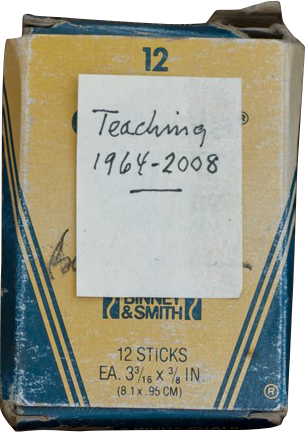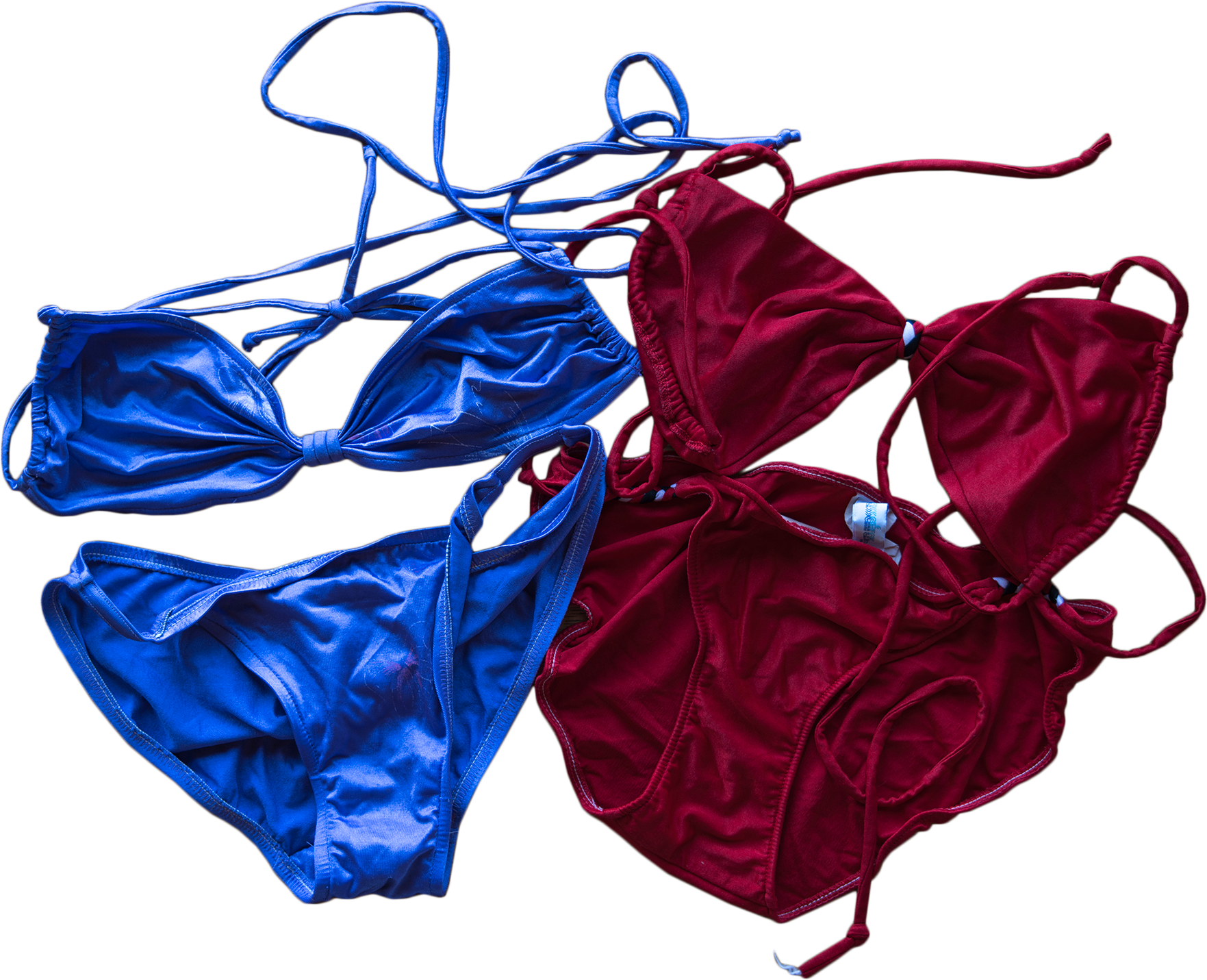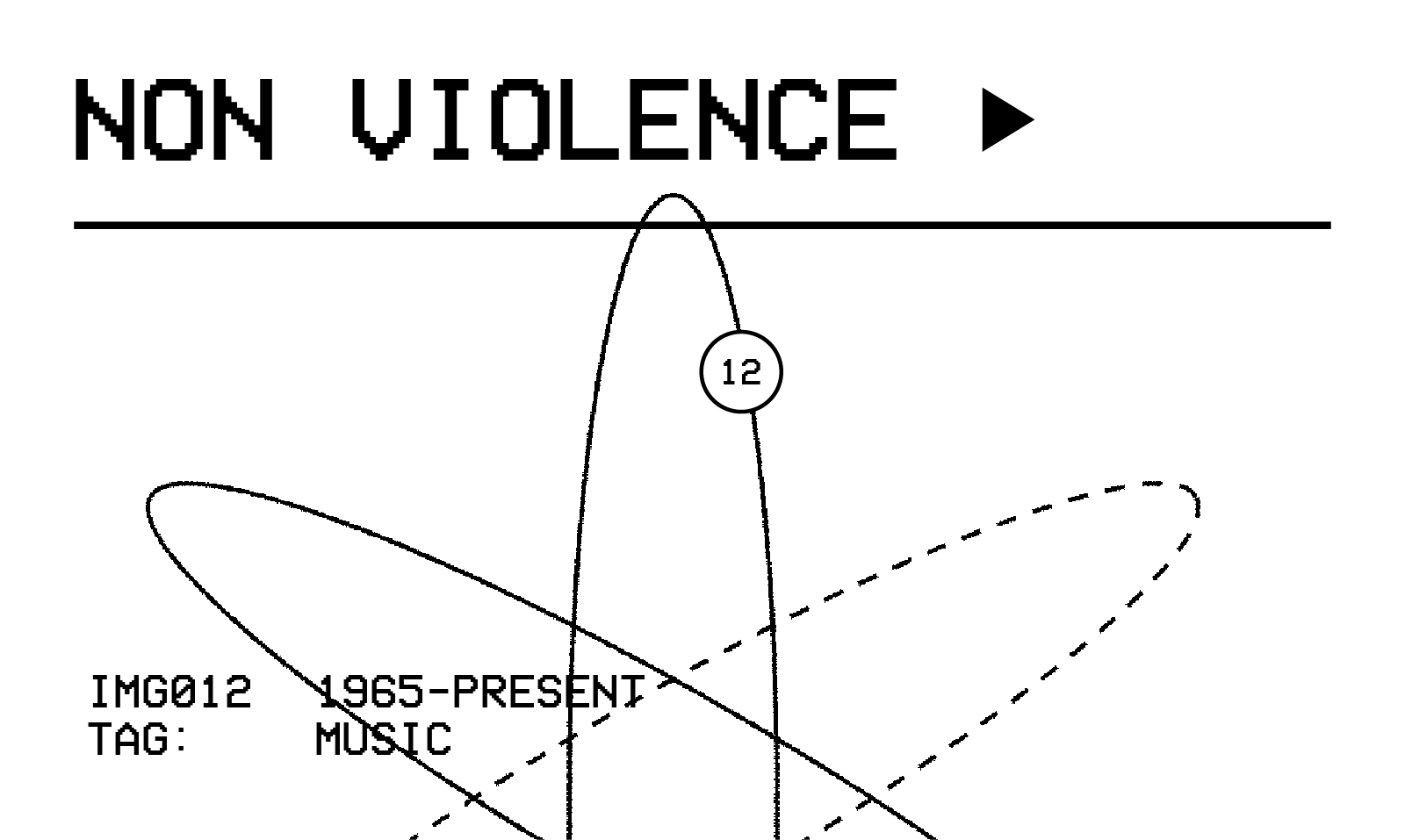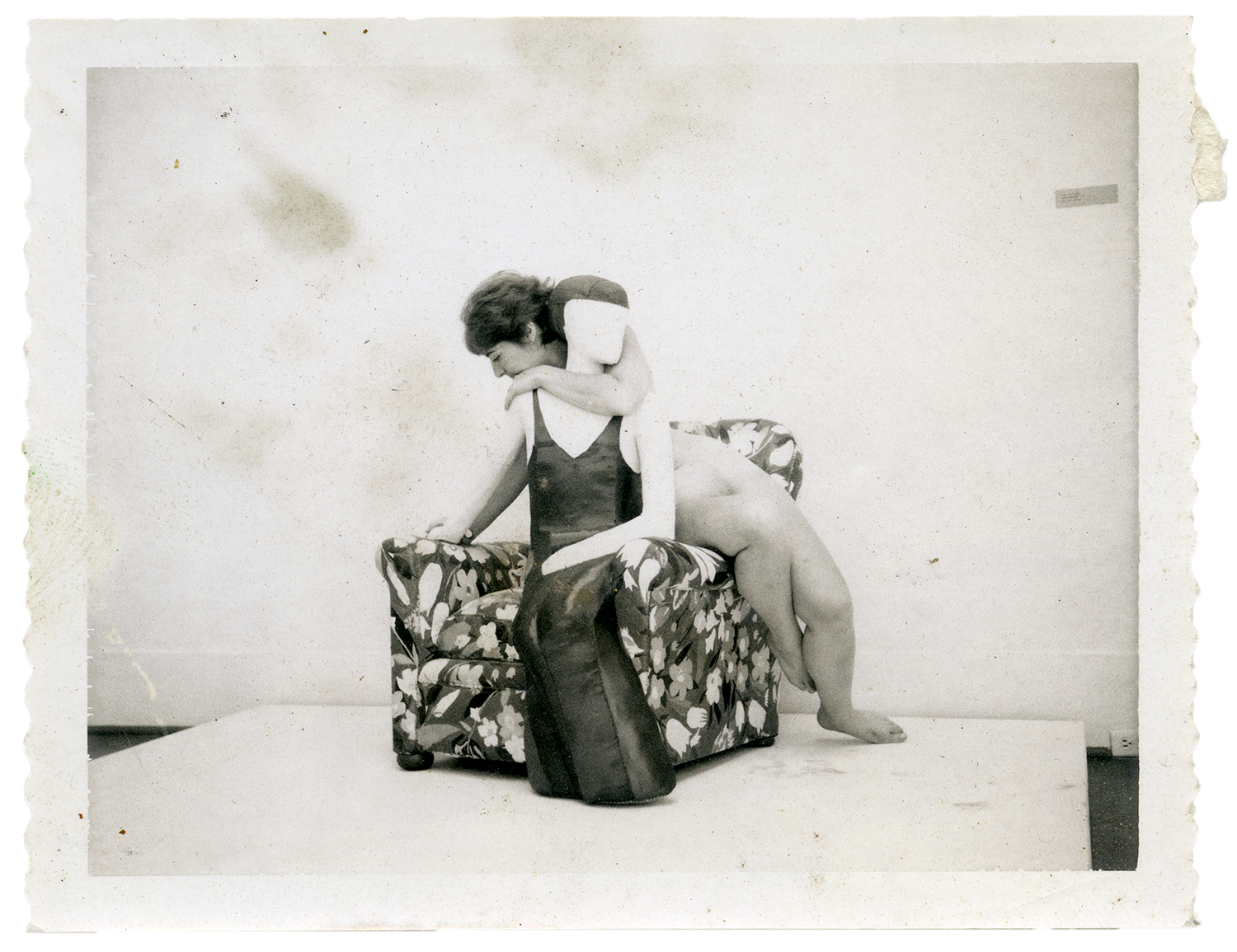


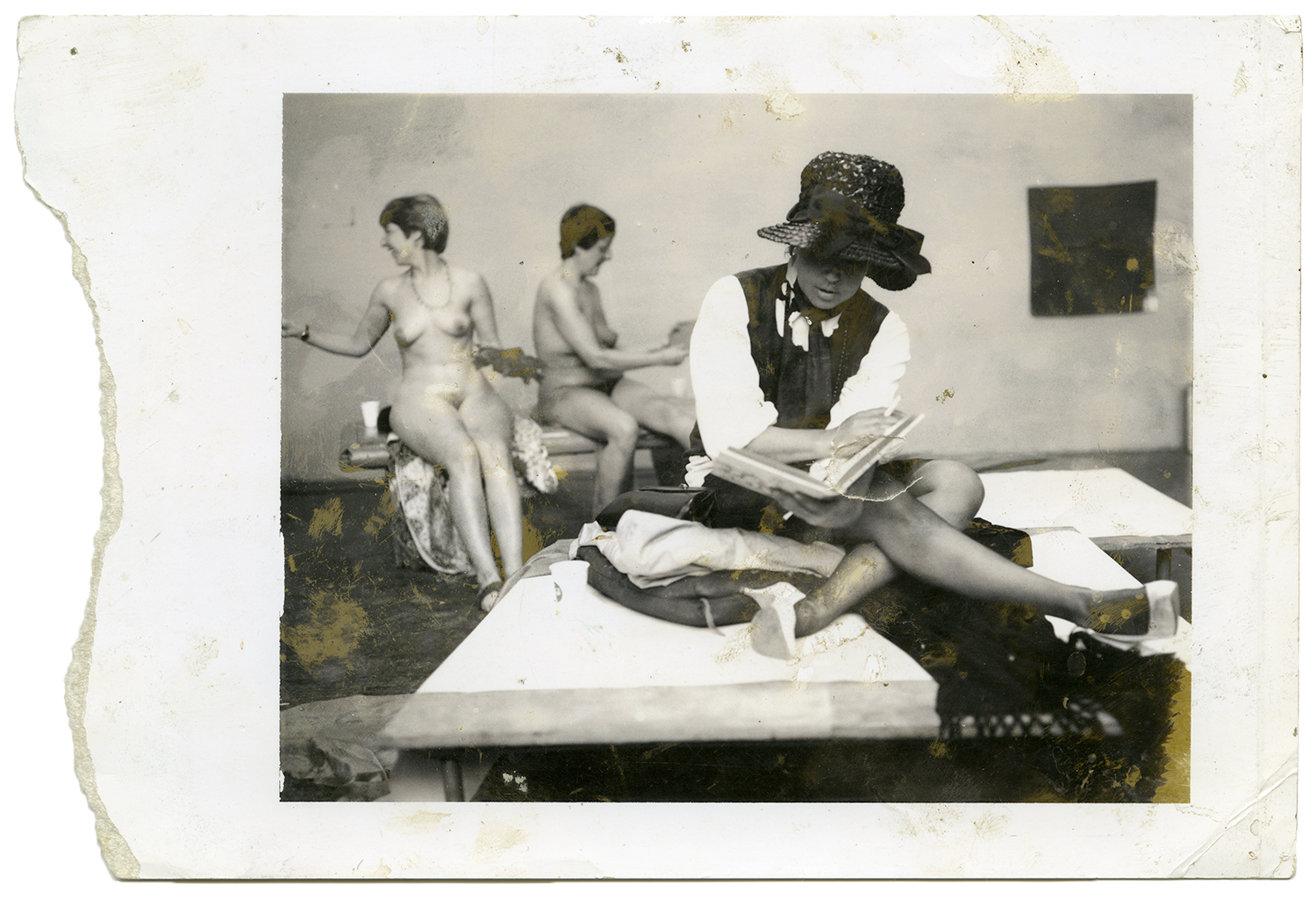





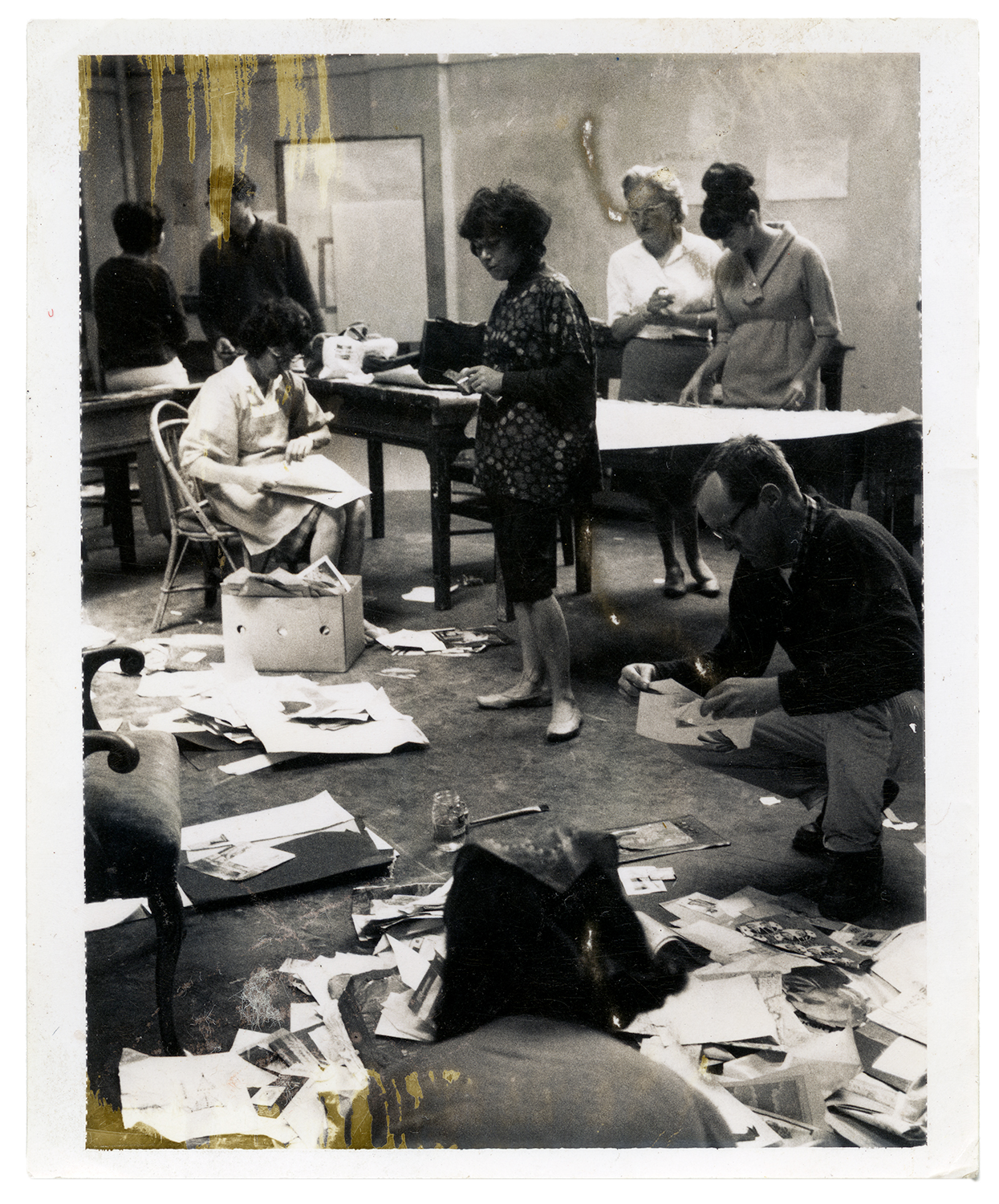


Jay DeFeo’s Polaroids
Author
Nina Zurier
Decade
1960s 1970s 1980s
Tags
Music Painting Photography
At her father’s insistence that she attend his alma mater, Jay DeFeo enrolled in Studio Art at UC Berkeley (rather than SFAI) in the fall of 1946. Her classmates Fred Martin and Sam Francis took courses at both schools, and she had a good sense of what she was missing. Nevertheless, she followed through at UC and was awarded a travel grant upon graduation in 1951, which she used to go to Europe. Fast-forward to 1958: she had married Wally Hedrick and was living at 2322 Fillmore Street in San Francisco in a Victorian fourplex, along with artists Joan and Bill Brown (who later moved out; Sonia Gechtoff and Jim Kelly moved in), and Joanna and Michael McClure; Shirley and Wallace Berman and Jean and Bruce Conner lived down the street. DeFeo had begun work on the painting that would occupy her for the next eight or so years: The Rose.

The SFAI Faculty Directory for 1964–65 has a handwritten entry at the top: “Jay DeFeo (W. Hedrick’s wife).” In the summer of 1964 she was hired to teach Color and Composition, and the class description also included her biographical information: “Studio 19. Monday and Wednesday. An advanced class involving problems of color and composition with special emphasis on work with collage, tempera, ink and mixed media. Rapid exploration in experimental concepts and techniques with the development of the individual student and his work the primary concern. J. DeFeo received her BA and MA degrees from the University of California and studied in Europe with a Sigmund Martin Heller Traveling Fellowship. She exhibited at the Museum of Modern Art, N.Y.; Ferus Gallery, L.A.; and Dilexi Gallery, S.F.” This was her first class at SFAI. She taught the same course in the spring and summer of 1965; and from fall 1965 through spring 1971 she taught painting. Due to lack of enrollment—and possibly for other reasons—some faculty were not rehired in fall 1971, and she was among them.
Slideshow ︎︎︎
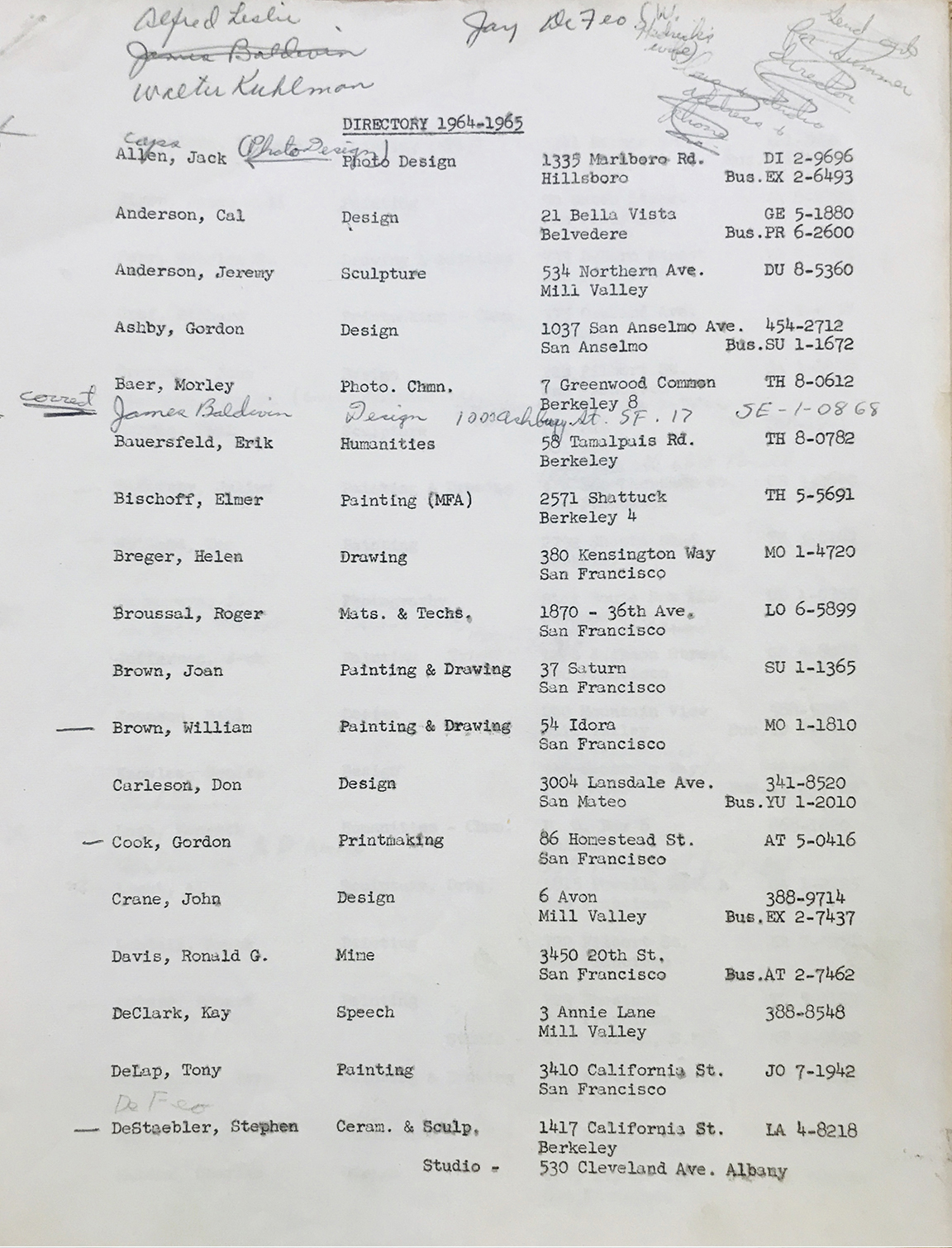



These Polaroids are an unusual and little-known group of photographs either by or of DeFeo. The initial impulse may have been to document model poses for future reference (and classes), something that the Polaroid camera would make relatively easy to do. Three of the photographs were taken by DeFeo, and the others show her modeling or teaching.
The Polaroid camera of the 1950s–1960s produced a print made of a single layer of paper coated with photosensitive emulsion on the surface, and included a coating sponge to fix the image. It was possible to manipulate the emulsion before coating, and with time the prints could potentially degrade in a painterly way.
The Polaroid camera of the 1950s–1960s produced a print made of a single layer of paper coated with photosensitive emulsion on the surface, and included a coating sponge to fix the image. It was possible to manipulate the emulsion before coating, and with time the prints could potentially degrade in a painterly way.

By spring 1971 DeFeo had become increasingly interested in photography, and a group of her students offered to teach her darkroom techniques. A 1973 National Endowment for the Arts grant gave her the money to purchase a medium-format Hasselblad camera and build a darkroom in her house. She later said that the beginning of the 1970s was all about photography for her—this came after The Rose was completed and had been installed in the McMillan Conference Room at SFAI, where it would remain until 1995.
The MATRIX 11 (1978) exhibit at the Berkeley Art Museum included a selection of DeFeo’s Tripod series of drawings, some of them based on photographs. In 1982 she received an honorary doctorate from SFAI, and in 1984 was the recipient of the Adaline Kent Award and exhibition, which included forty-three works—her largest exhibition at that time. At DeFeo’s death in 1989, BAMPFA was in the final stages of preparing a large exhibition of works on paper, curated by Sidra Stich, which opened in 1990 and traveled to the Menil Collection in Houston and three other venues. BAMPFA exhibited Jay DeFeo: Selected Works 1952–1989, in 1996, originated by Moore College of Art and Design, Philadelphia, and curated by Constance Lewallen. In 1997, The Rose was on view at BAMPFA before departing for the Whitney Museum of American Art in New York.
NZ
The MATRIX 11 (1978) exhibit at the Berkeley Art Museum included a selection of DeFeo’s Tripod series of drawings, some of them based on photographs. In 1982 she received an honorary doctorate from SFAI, and in 1984 was the recipient of the Adaline Kent Award and exhibition, which included forty-three works—her largest exhibition at that time. At DeFeo’s death in 1989, BAMPFA was in the final stages of preparing a large exhibition of works on paper, curated by Sidra Stich, which opened in 1990 and traveled to the Menil Collection in Houston and three other venues. BAMPFA exhibited Jay DeFeo: Selected Works 1952–1989, in 1996, originated by Moore College of Art and Design, Philadelphia, and curated by Constance Lewallen. In 1997, The Rose was on view at BAMPFA before departing for the Whitney Museum of American Art in New York.
NZ
Slideshow ︎︎︎



